RANDOM THOUGHTS ON THE HISTORY OF WAITING TABLES
NOVEMBER 7 – 2021
Words by Elin Unnes
PHOTOGRAPHER Julia hetta
For some reason, waiters tend to not write their own history. To make matters worse, writers who create fictional waiters tend to be, well, just plain mean really.
For some reason, waiters tend to not write their own history. To make matters worse, writers who create fictional waiters tend to be, well, just plain mean really.

There are no heroic waiters carrying out mountains of pickled herring in The Red Room – August Strindberg’s novel about the well-known chamber séparée of the same name. We don’t tell small children tall stories about the knighted waiters of our history, who might have saved the kings life by serving him aquavit flavoured with wormwood on a cold night.
Maybe it’s because waiters are a bit like dreams: one minute they’re you’re entire world, but as soon as you leave, unless it was a total nightmare, they fade away to the very back of you memory – like the ghosts of a good time, you can hardly even remember they were there.
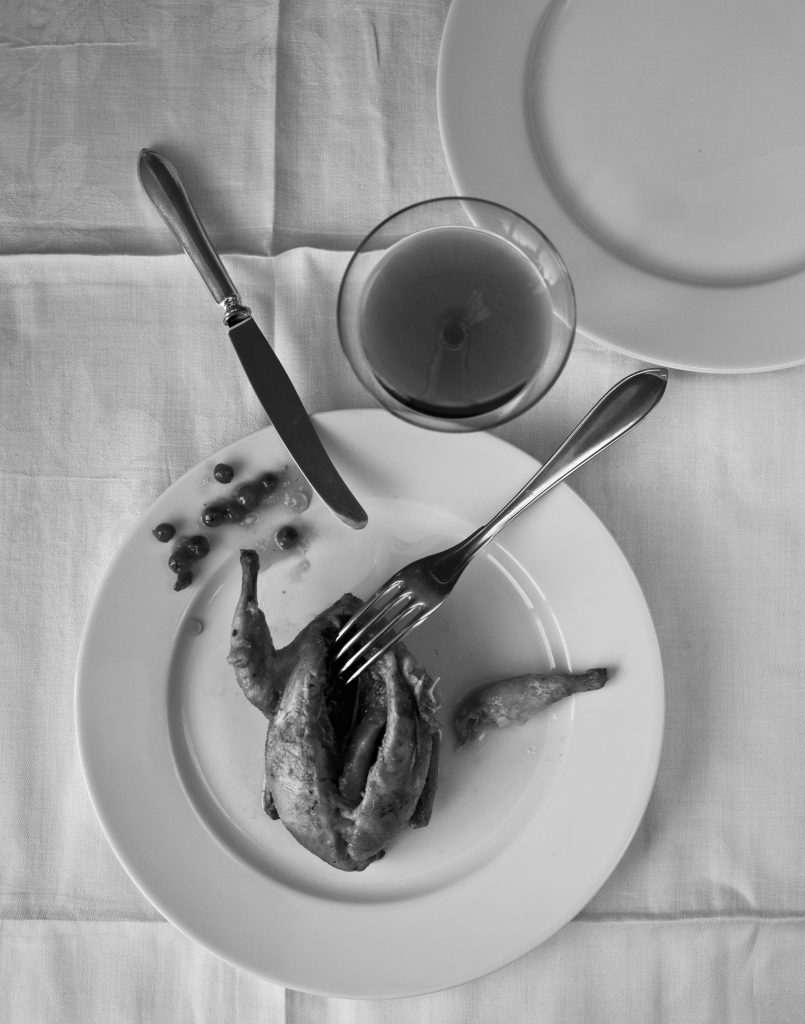

Fotios, Prinsen
And then there’s the secrecy of the restaurant world, the codes you don’t get unless you’re already on the inside. It all seems more impregnable too, since the secret society of the waiters is also located in opposite world: when everyone else is out having fun, ordering large bowls of steaming yellow pea soup and arrack flavoured liqueur, they’re at work.
To find out some of the trade secrets of eating out I talked to Fotios Vassiliou, a soft-spoken man who has been waiting tables at Prinsen (a restaurant feeding gravlax and meatballs to artists and writers since 1895) for 25 years. He tells me it’s all about the bread. If a restaurant can bake their own bread, moist and chewy, steaming and aromatic, preferably several different kinds and served with lots of salty butter, he knows that they’ll be able to pull off a main course too.
Jan Steen, a second-generation waiter (his mum was a waitress) with 50 years of experience, says the secret lies with the entrecote. A perfectly grilled medium rare, still pretty bloody, with roast potatoes and red wine gravy, is his sure-fire tip for a good meal.

Jan, Pelikan
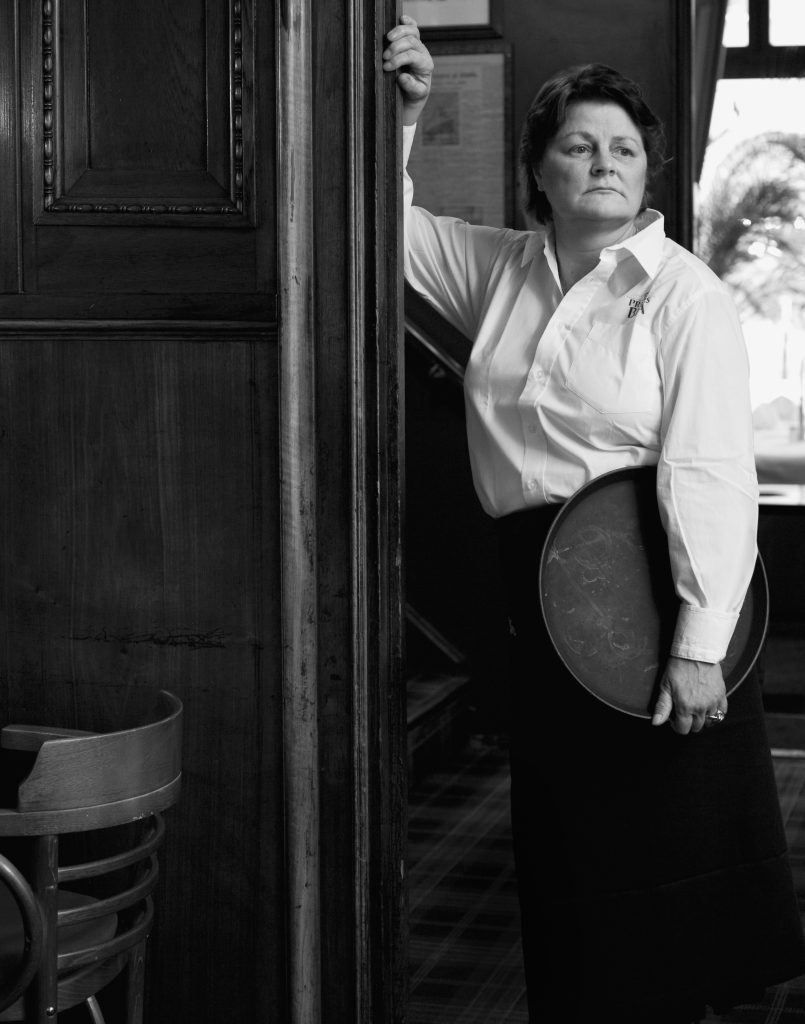
Tina, Tennstopet
“like the ghosts of a good time, you can hardly even remember they were there.”
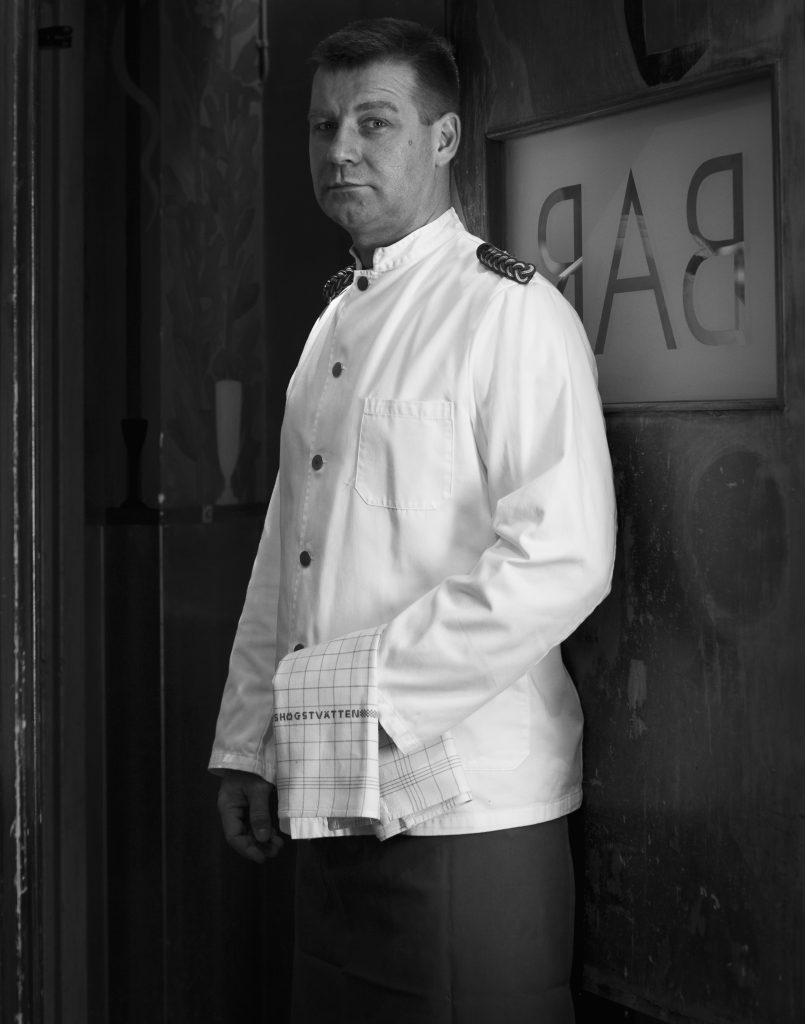
Anders, KonstnärsBaren
I do find one book written by a young man working his way through Europe as a waiter in the 30s though, called Don’t Spill on Goering! Then there’s that Harold Pinter play, The Dumb Waiter, but it’s actually not about a waiter at all – it’s about two hit men, a food elevator and never ending orders for steak and chips, liver and onions. In fact, the English language has a few things to answer for too: putting a less skilled waiter on a level with a plain food elevator is a gross underestimation of the work of a waiter. Even if it’s just etymology.
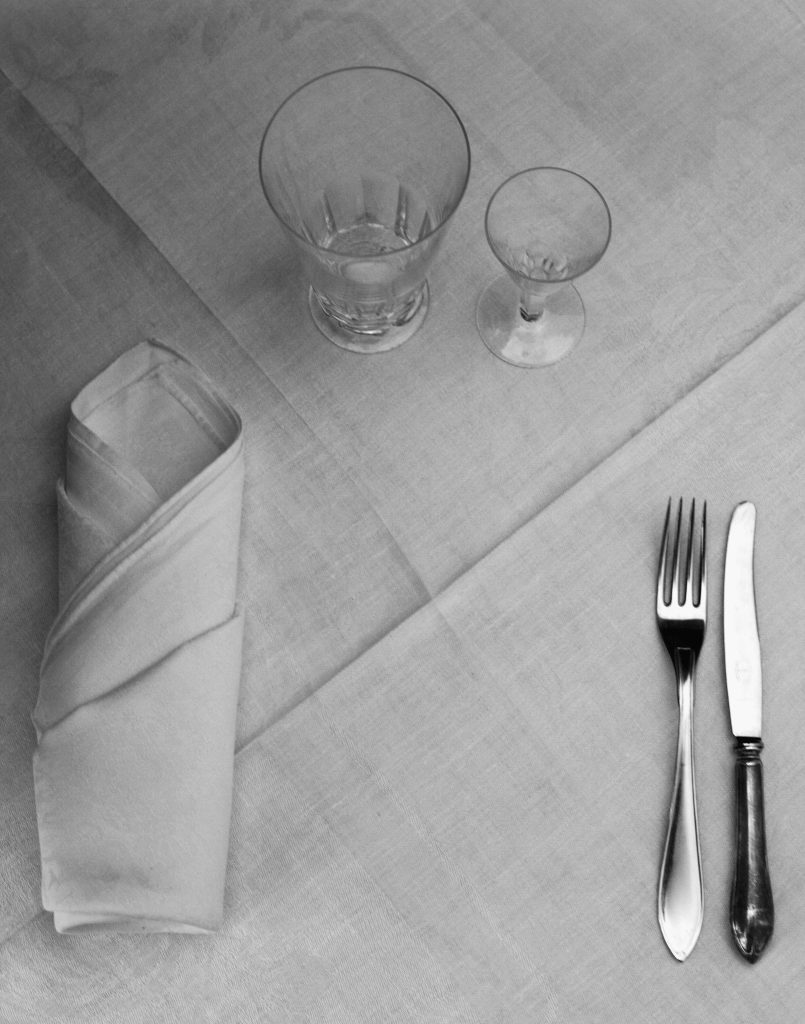
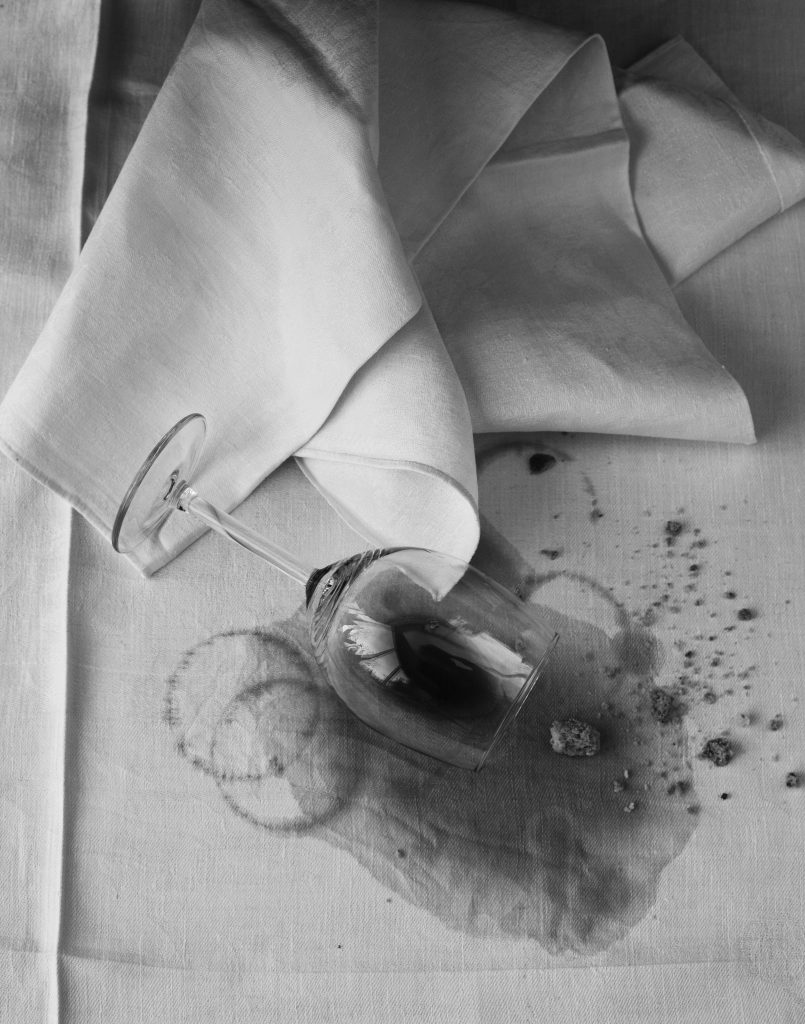
Maybe this loss of history is just a small detail, nothing to get hung up on, but then again, it’s often heroes from books that put those first professional aspirations in our heads. So maybe a lack of literary and historic role models is part of the explanation behind one of the biggest issues in the waiter world: lack of longevity. People tend to work as waiters to get through college. So, with every graduating class of architects or lab technicians or therapists, restaurants and food lovers are robbed of years of essential waiter know-how, of never-ending patience and of the information that an unoaked Chablis will go perfectly with the oysters.
Professional waiters of a certain age, like Jan and Fotios, always fill me with deep, warm reassurance. I feel one hundred percent certain that I’m talking to someone who knows their stuff, someone who can tell me exactly what type of vintage port to have with my dark chocolate in order to blow my own mind. And I also know that I’m in the presence of a true philanthropist. A person who has seen both the good, celebratory sides of man, as well as the not so good (let’s be honest, low blood sugar and high alcohol levels don’t always bring out the best in us), and still chooses to be an active part of keeping the race alive, by physically putting food on the table, has got to be a bit of a saint. But when I ask Fotios what I can do for him (apart from leaving a large tip) to show my appreciation, he says to sit back and relax, he just wishes for one thing in his guests: to not forget that waiters are people, too.
I ask Jan – who started working at 15 and remembers when guests had to order at the very least a dry old sandwich in order to be allowed drinks – to help me with stories to fill some of the historic blanks. He tells me about one night working at Pelikan, a restaurant dating back to the 17th century, with some very long-standing regulars. One of them, an older gentleman, came to have dinner as usual: a gin and tonic to start of, and then a Wallenbergare*. He had always been a bit reserved but this evening he was acting stranger than usual. The waiters repeatedly passed by his table, discreetly trying to figure out what was up. Finally a waiter approached the old man and discovered what was wrong with him. He was dead. The waiters laid the body out on the floor and an ambulance was called. It was all very dramatic, Jan remembers, but the hold up also made some guests complain about their food being delayed.
* One of the old wives’ tales explaining the history of the Wallenbergare claims notorious restaurateur Julius “The Pig” Jansson invented the dish. He named it after one of his regulars, a member of the prominent Swedish family Wallenberg, who once requested a mousseline type mincemeat course that was being served “on the continent.” Jansson had never heard of it, but improvised by mixing finely ground minced veal with cream, eggs and breadcrumbs, frying the patties in butter and serving them with peas, lingonberry jam and pommes duchesse. The dish has lived on ever since.


